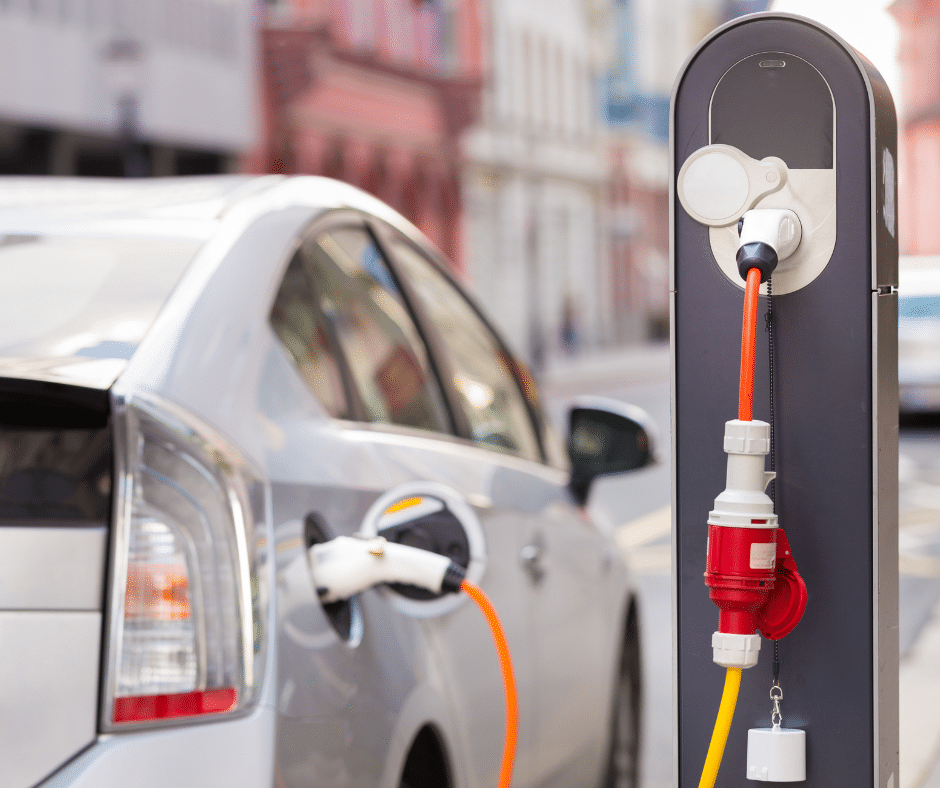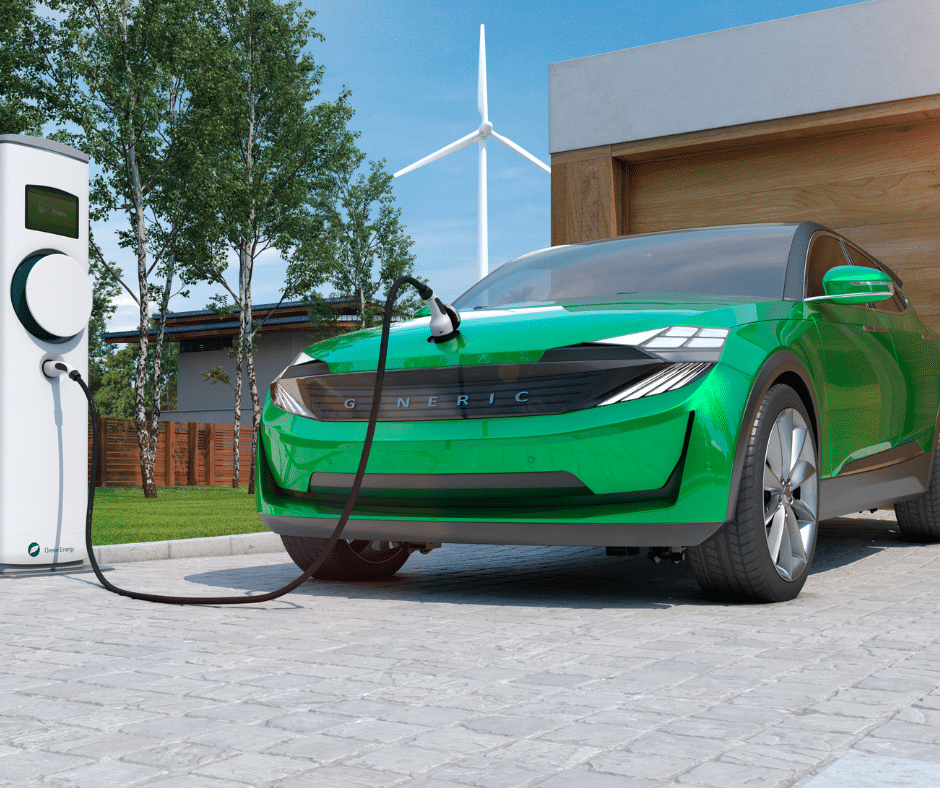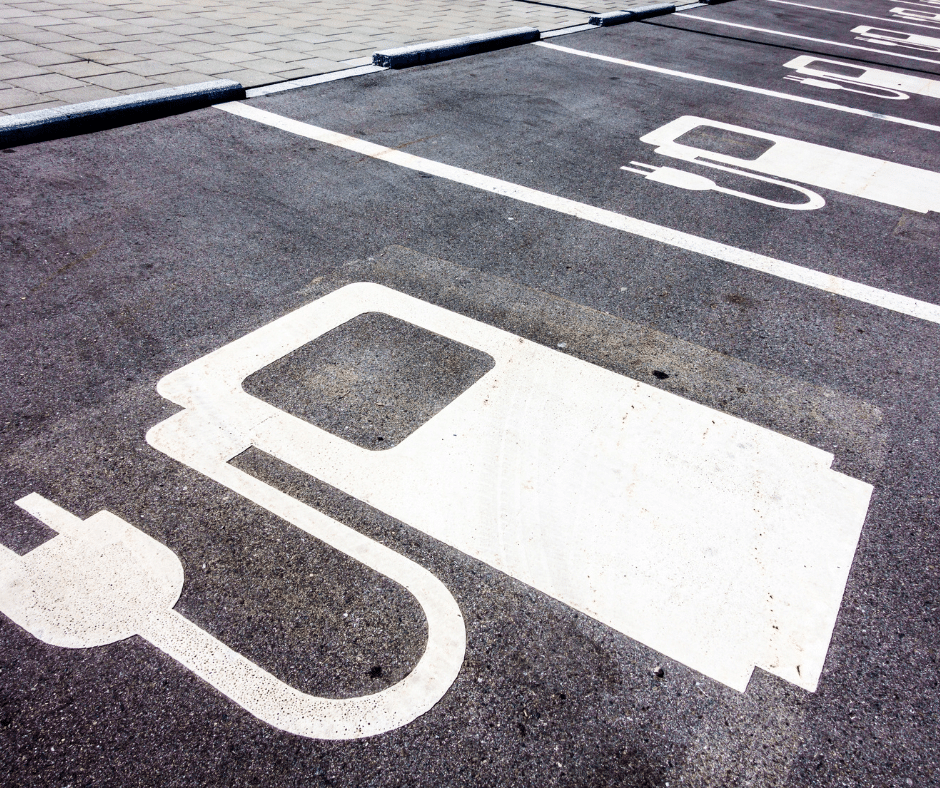Electric cars are becoming more and more popular every year. But many people still don’t know how they work. In this blog post, we will discuss the basics of electric car technology. We will answer the question “How do electric cars work?” and explain the different components that make up an electric vehicle.
The first thing to understand about electric cars is that they are powered by batteries. The battery is the heart of the electric car and it stores all of the energy that powers the vehicle.

There are many different types of batteries, but most electric cars use lithium-ion batteries. These batteries are very efficient and can store a lot of energy.
The next thing to understand is that electric cars have electric motors. The motor is what actually powers the car. It takes the energy from the battery and uses it to turn the wheels of the car.
Electric cars also have a controller. The controller is a computer that manages the flow of electricity between the battery and the motor. It makes sure that everything is working correctly and efficiently.
Finally, electric cars have a charging system. This is what you use to charge the battery of your car. You can plug it into a standard outlet or you can use a special fast-charging station.

Do electric cars need oil?
No, electric cars do not use oil. Instead, they use electricity to power their motors. This means that they are much more environmentally friendly than traditional gasoline-powered cars.
Are electric cars expensive? The initial cost of an electric car can be higher than a gas car, but over time you will save money on fuel and maintenance. Electric cars are cheaper to operate and maintain than gas cars.

Now that we’ve answered the question “How do electric cars work?” we hope you have a better understanding of this new technology. Electric cars are a great way to reduce your carbon footprint and save money on fuel. If you’re thinking about making the switch, we encourage you to do some research and find the best option for you.
